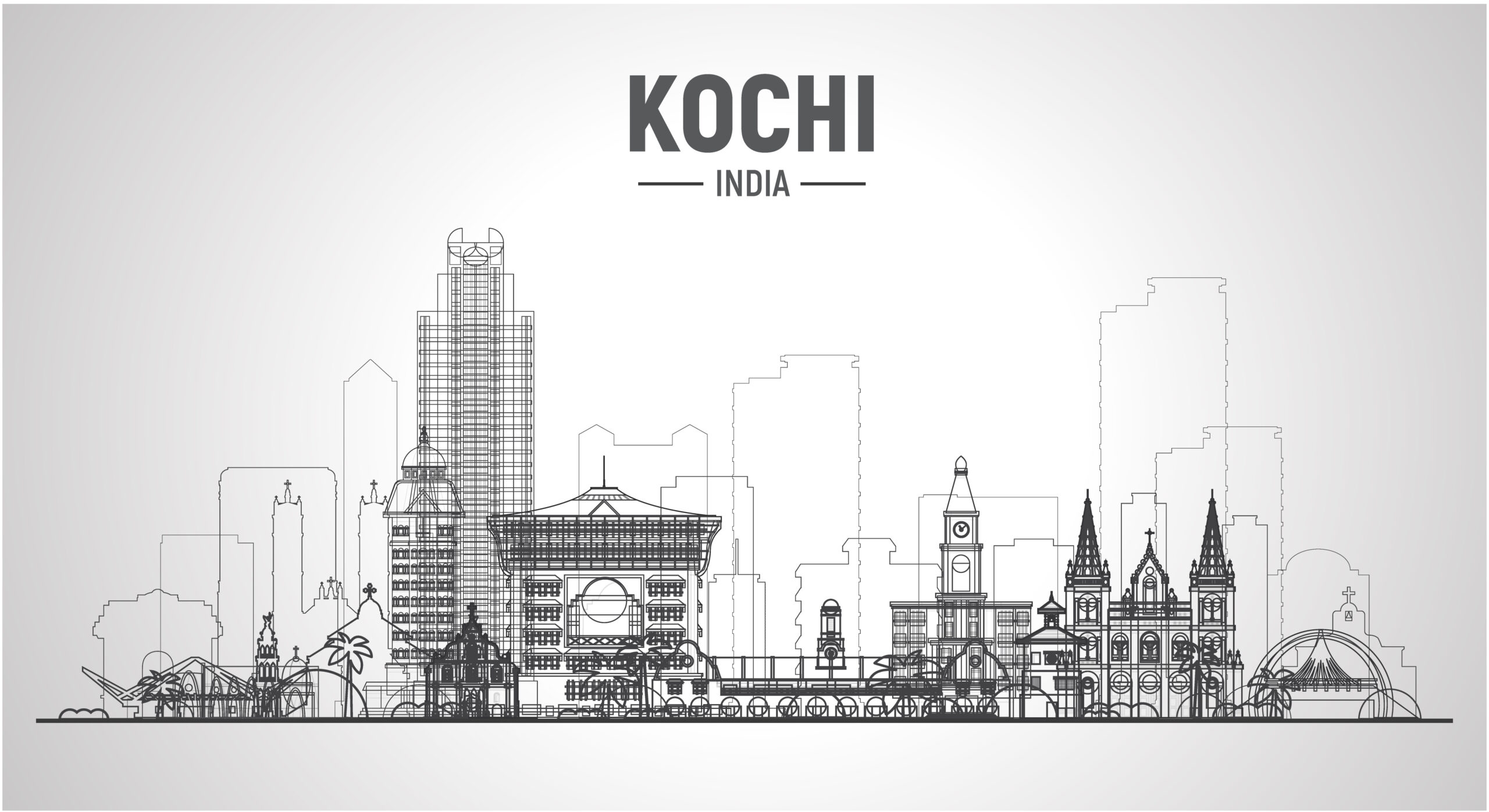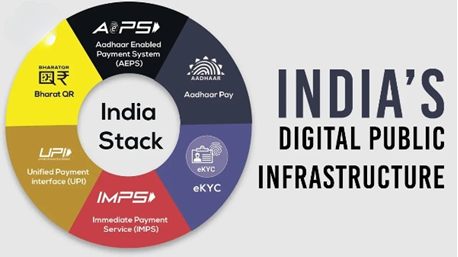Future Architectural Glass: Achieving Carbon Neutrality in the Construction Industry

Carbon Neutrality is the process of removing the equal amount of carbon dioxide, which is emitted throughout the activities involved across its whole life supply chain.
The building sector contributes to approximately 37% of the global carbon emission with major contributing factors of operational carbon which hits all time high of 10 Gt excluding the embodied carbon.
Carbon Neutral building environment in the new construction and renovation projects is vital to mitigate its relevant impact on climate change and resulting business change.
Challenges involved in achieving Carbon Neutrality
1. Measuring and Setting Realistic Carbon Targets
One of the most significant challenges in the journey towards carbon neutrality lies in accurately capturing current CO₂ emission levels. Without precise metrics, it becomes difficult for organizations to establish actionable strategies. Developing realistic carbon targets, often guided by science-based tools, remains a complex task that many organizations struggle to achieve due to data inconsistencies and lack of expertise.
2. High Upfront Investment Requirements
Even with clear carbon targets, the journey is often hindered by financial constraints. Companies operating with limited operational and capital budgets face significant barriers in adopting low-carbon technologies, as these typically require substantial upfront investment. This cost barrier often deters organizations from committing to sustainable practices despite their long-term benefits.
3. Cultural and Behavioural Shifts
Achieving meaningful carbon reductions necessitates a cultural shift within organizations. Sustainability must become a habitual practice, requiring teams to adopt a solution-oriented mindset and reevaluate traditional processes. This involves eliminating low-value activities and embedding sustainable practices into daily operations, which can be a daunting task for companies resistant to change.
4. Managing Scope 3 Emissions
Carbon neutrality extends beyond an organization’s direct emissions to include emissions across the supply chain, known as Scope 3 emissions. Addressing these emissions demands strong partnerships and collaboration with supply chain stakeholders. However, many companies struggle to engage their partners in meaningful ways to collectively reduce emissions.
5. Transparent Reporting and Accountability
Transparency and accountability are critical to achieving carbon neutrality. Organizations must demonstrate strong commitment and discipline in reporting their greenhouse gas (GHG) emissions. This involves developing robust reporting systems, publishing progress periodically, and ensuring cross-functional team involvement to maintain credibility and track progress effectively.
6. Lack of Standardized Regulations and Incentives
Inconsistent regulations and insufficient incentives across regions pose significant barriers to carbon neutrality. The absence of standardized systems and frameworks makes it challenging for businesses to align their sustainability goals with local regulatory requirements. Governments and regulatory bodies have substantial room for improvement in this area to drive industry-wide compliance and collaboration.
7. Selecting and Investing in Effective Offset Mechanisms
Carbon neutrality operates on a net metering principle, balancing carbon imports and exports. To achieve this balance, organizations must invest in approved and effective offset mechanisms. Selecting the right offset solutions that align with organizational goals and regulatory requirements is often a complex and resource-intensive process.
Addressing these challenges requires a multifaceted approach, integrating accurate measurement, financial commitment, cultural transformation, supply chain collaboration, regulatory alignment, and strategic investment in offset mechanisms. Only then can the construction industry effectively navigate the path toward carbon neutrality.
At the same time these challenging barriers give us a lot more enabling opportunity to improvise and break through market disruptive solutions.
Opportunity 1: Reimagining and Redesigning Business Approaches
Transforming traditional business practices is a vital step toward fostering innovation and technological adaptation. By reimagining and redesigning standard operational models, businesses can identify unique solutions to meet sustainability goals. This approach not only improves efficiency but also opens doors to groundbreaking technologies that redefine the industry landscape.
Let’s understand this via a sample chart:
At Future Architectural Glass, we have been actively driving a water conservation initiative since 2020, achieving a minimum of 5% reduction in water usage year-on-year over the past five years. Through the adoption of advanced technologies and fostering a culture of sustainability, we successfully reduced our utility water consumption from 58.4 gallons/day/person to 37.8 gallons/day/person, significantly outperforming the industry benchmark of 44 gallons/day/person.
Opportunity 2: Developing Sustainable Products and Services
Optimization alone often falls short in achieving transformative results. Businesses must venture into creating sustainable products, materials, and professional services that align with global sustainability demands. This shift paves the way for the development of entirely new business verticals, ensuring long-term growth while addressing environmental concerns.
Opportunity 3: Embracing the Circular Economy Model
The circular economy model emphasizes reducing, reusing, and recycling, which significantly lowers operational costs while promoting environmental sustainability. By adopting this approach, businesses can generate their own sustainability-driven budgets for future initiatives. For example, Future Architectural Glass has successfully implemented circular economy principles, creating a revenue stream for the next year through current-year efforts.
Opportunity 4: Leveraging Government Incentives
Governments worldwide are increasingly offering supportive incentives for businesses that adopt sustainability practices on a large scale. These include financial grants, subsidies, and tax benefits. Additionally, carbon taxation systems provide an alternative to mandates, encouraging organizations to reduce emissions through cost-effective and environmentally friendly measures.
Opportunity 5: Switching to Renewable energy solutions – Transitioning to Clean and Green Energy
Energy consumption is a critical requirement across industries, and the shift to clean, renewable energy sources is essential for long-term sustainability. Even small-scale initiatives can build momentum over time, leading to self-sustaining renewable energy systems. These efforts ensure a steady energy supply while minimizing the depletion of natural resources, contributing to a healthier planet.
Achieving carbon neutrality in the construction industry requires overcoming the economical, technological and regulatory challenges but advancements in material, legislation support and wide collaboration present significant opportunities for progress.











